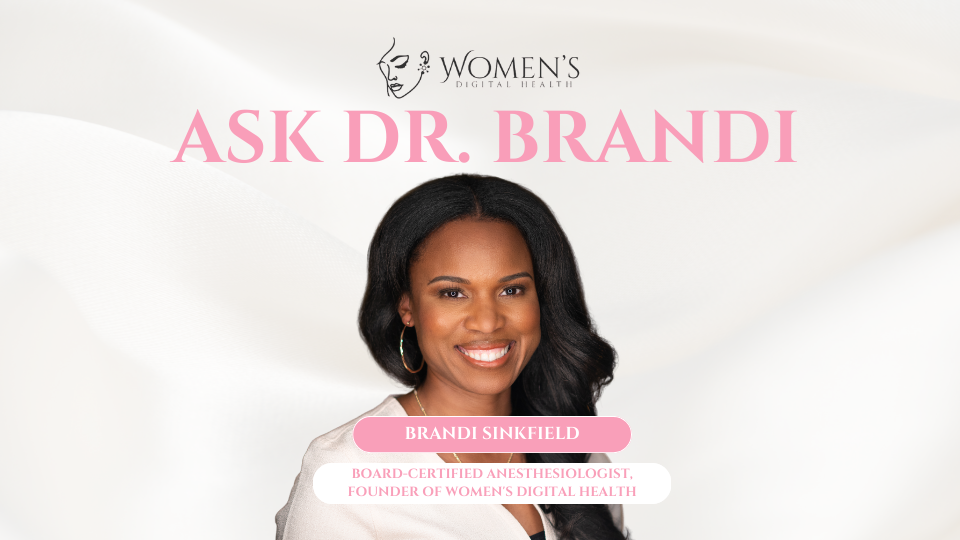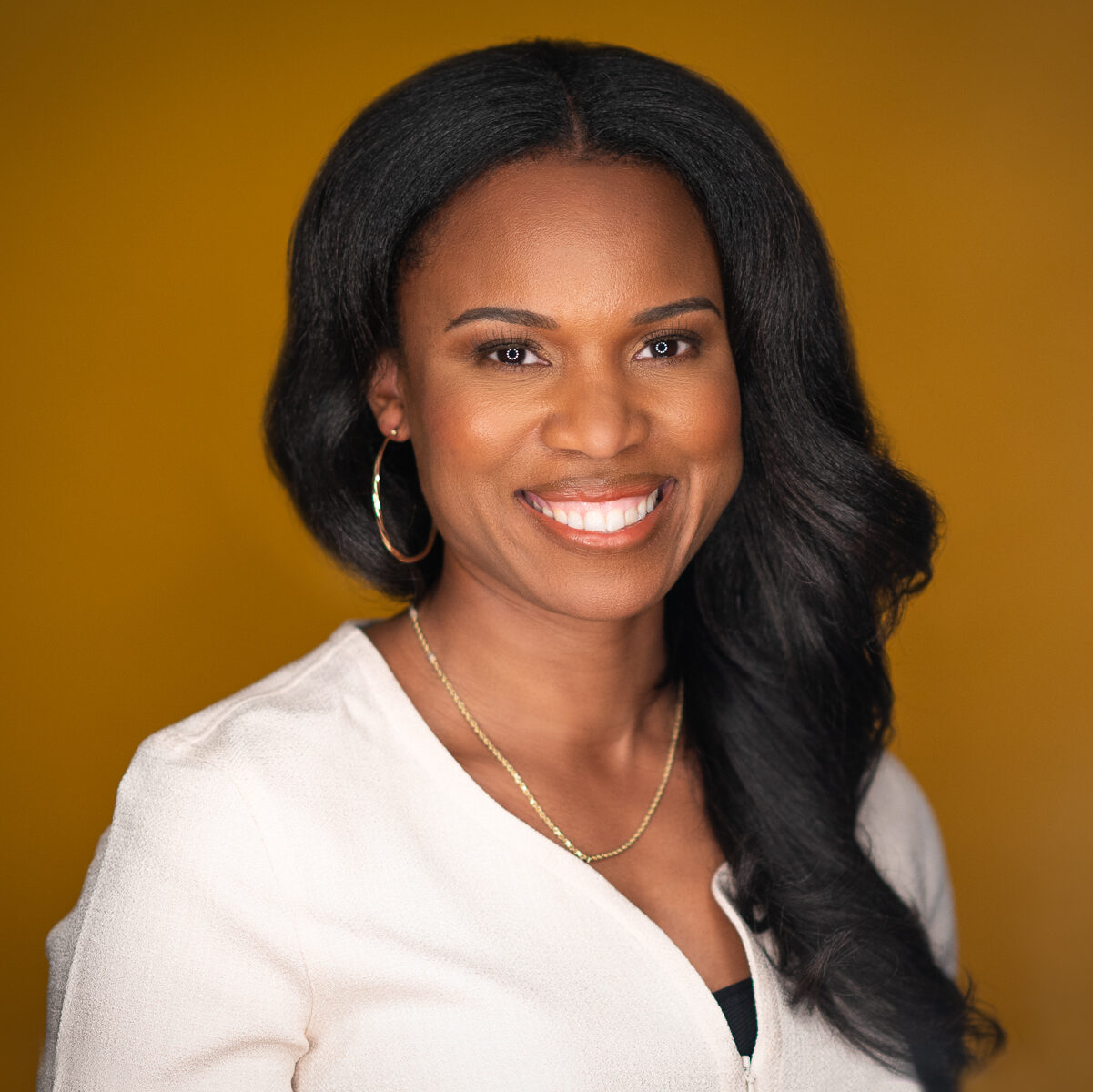Dear Dr. Brandi – I’m a 38-year-old woman, and I am thinking about getting pregnant within the next few years. I’m worried that I’ve waited too late and that it may be difficult. What can I do to help improve my odds? And what are my options if we can’t conceive naturally?
Congratulations on taking this wonderful and thoughtful step in planning for you and your family’s health! There are a number of measures you can take to assess your health and optimize your conditions for fertility. I hope these 10 tips help you feel empowered and prepared as you embark on this journey.
- If you aren’t already, begin taking a prenatal vitamin designed explicitly with high folic acid levels. You want to have a high folic acid level if you are planning a pregnancy or could become pregnant soon.
- Schedule a visit with your primary care doctor (GP) to address any underlying conditions, especially those requiring medications. If you have any conditions that affect your hormones, like thyroid disease or diabetes, please let your primary care doctor (GP) know your desire to become pregnant in the coming years.
- Make sure you have an organized list of your medical conditions, medication dosages, and supplements you take. A current medication list is essential for all doctors to know before considering the risks associated with pregnancy and fertility options.
- Assess your family history. Are you aware of any fertility challenges in your family? If you can gather this information before your visit, this will also help your gynecologist understand your health status.
- Schedule a visit with your gynecologist to discuss your fertility options at 38. Be ready to discuss your medical conditions, medications, family history, and period. Are you tracking your periods? If so, when was your last period? How frequent? How many pad changes are required daily?
- Let your gynecologist determine if and when you should see a fertility specialist.
- Review hormone terms and anatomy information – ask your provider for trusted information on these topics. Knowing these terms can help you in the clinic setting and help you better understand what is happening with your body.
- Infertility is defined as being unable to conceive after one year of unprotected sex. Remember, 35% to 40% of the causes are attributable to the female, and 35% to 40% are solely attributable to the male. That in mind, having an open conversation with your partner about all the potential causes of infertility is important. It’s essential to ensure your partner is also comfortable with having a fertility workup.
- Optimize your health as recommended by your physician. We know it’s easier said than done, but it’s essential to get one hundred and fifty minutes of weekly exercise, eat a minimally processed diet that is high in fiber (25g/day), and get eight hours of sleep. It may take a while to ingrain these habits into your routine, but it is critical that you work on incorporating these changes.
- If you see any limitations in meeting these goals, take each item and break it down into simpler parts. Women’s Digital Health is here to help you meet these recommendations.
Make sure to send us pictures as you successfully grow your family and share with the Women’s Digital Health community what worked for you. We’re rooting for you!
Have a question for the doctor? (Don’t worry – we’ll protect your identity!) Submit it here.


